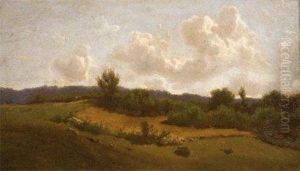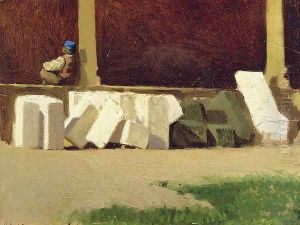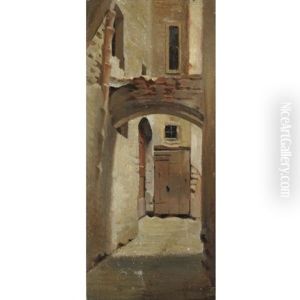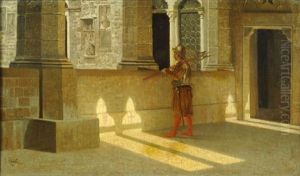Giuseppe Abbati Paintings
Giuseppe Abbati was an Italian artist born on January 13, 1836, in Naples. He is known for his work in the Macchiaioli movement, which was the Italian equivalent of the French Impressionists, although it predated Impressionism by about a decade. The Macchiaioli emphasized painting en plein air and focused on the play of light and shadow, the 'macchie' or patches of color, which became pivotal in their works.
Abbati had a privileged upbringing; his father was an affluent religious painter. However, his life was marked by personal tragedies, including the early loss of his mother and a severe eye injury that resulted in the loss of his right eye. Despite these setbacks, Abbati pursued his passion for art, studying at the Academy of Fine Arts in Florence, where he was exposed to the works of the Renaissance masters.
His early works were primarily historical and religious subjects. However, his style evolved significantly after he became associated with the Macchiaioli group around 1859. Abbati was particularly drawn to the depiction of everyday life and landscapes. His paintings began to reflect a focus on capturing moments of daily life, often using a restricted color palette and quick, spontaneous brushstrokes.
Tragically, Abbati's life was cut short at the age of 32 when he died from an infection on February 21, 1868. Despite his brief career, he left a significant mark on the Italian art scene of the 19th century. His works are now housed in many important galleries in Italy and around the world, and he is celebrated for his role in the development of the Macchiaioli style and for his contributions to modern Italian painting.



























